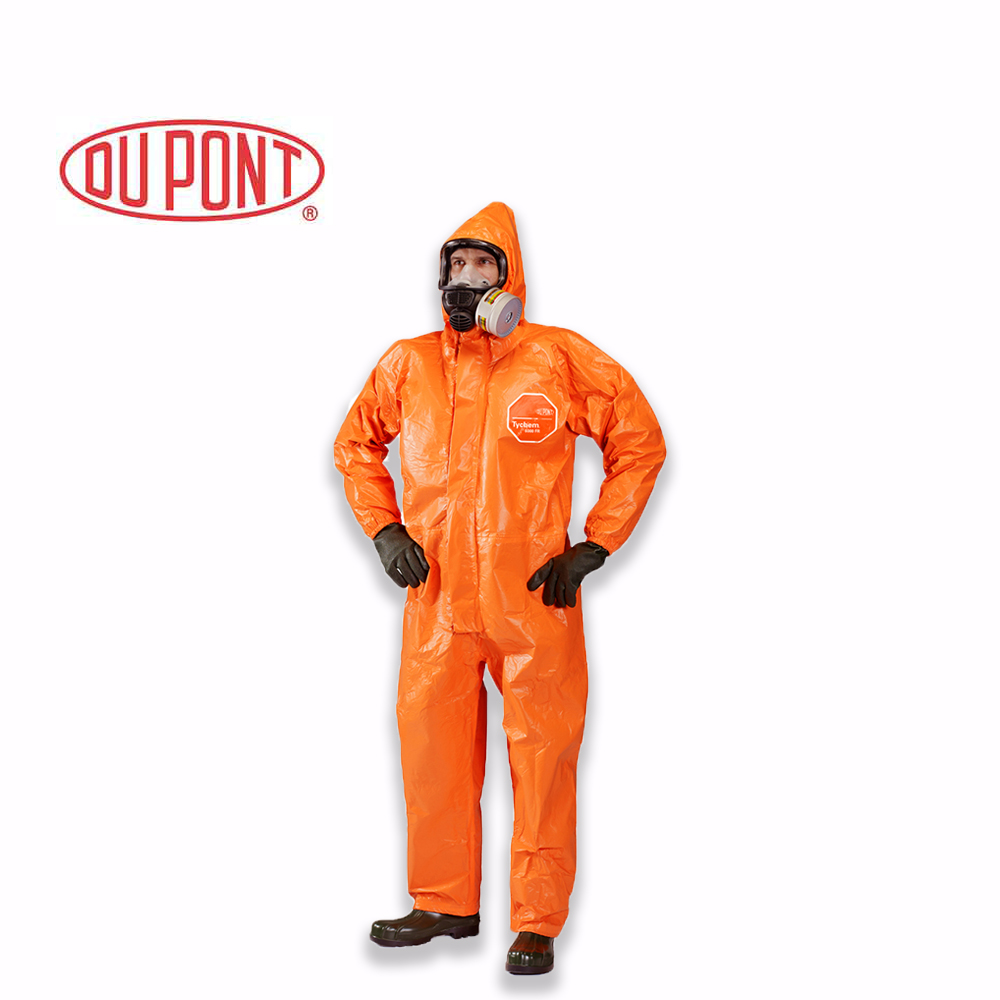For certain tasks, physical protection is integral, for instance, goggles, safety gloves, ear protection, gloves, etc. you need to use personal protection equipment for complete body covering to perform the task safely. However, choosing the right disposal chemical suit is now more crucial than ever since you need to see whether the coveralls will protect you against hazards. There are a few things that you need to consider before you buy the coveralls. There are different coveralls for the same purpose; that is an outcome of many factors.
If you fail to get the appropriate protective chemical suit and other personal protection equipment, you can face minor nicks and abrasions only if you are that fortunate. Otherwise, serious or possibly life-threatening accidents like severe eye injuries and chemical burns can happen.
Why it’s best to buy personal protection equipment from Hacsons?
For purchasing personal protection equipment, Karachi you can always rely on Hacsons. But before that, we highly recommend you to read below the details when you decide to purchase your chemical protective suit.
 Gauge the Level of Exposure for Your Chemical Resistant Suit
Gauge the Level of Exposure for Your Chemical Resistant Suit
It is vital to first know what type of chemicals the workers may be exposed to. Moreover, we need to determine the concentration levels in order to decide the type of chemical coverall that you need to choose. Some chemicals have just one danger, like being an assumed carcinogen Spotify promotion. Nevertheless, workplace chemicals tend to expose workers to multiple safety hazards including skin or mucous membrane irritation, aggravated allergy, skin burns or being highly inflammable or harsh.
To determine which type of chemical disposal suit is needed we need to see the exposure risks. Carry out a detailed assessment of the work environment and the types of the hazards considering the following:
- The physical state of chemical
- Form of contaminant
- Exposure type
- Environment suitable for work (temperature, humidity)
- The kind of job to be performed
- Additional risks (for example electrostatic charge, infective agents, nuclear particles)
According to the degree of exposure, we can determine the levels of protection needed.
Coveralls are classified into six categories based on the level of protection they provide to disposable coveralls:
For protection levels, gas-tight, non-gas tight, jet tight, and spray tight, are needed.
For chemical protection CE category III, particle protection and limited splash are required. And for CE category I, just CE simple is the best.
Assess short-term and long-term exposure – hazard and toxicity
You need to make sure if the protected coverall has been tested against the possible hazard and how it performs in case the hazard occurs.
It is a given that all coveralls are not the same, even if they appear to be the same type. It depends on how it performs against a chemical substance or a likely hazard.
The comfort of the wearer comes first
Usually, protective coveralls are made from either SMS (Spunbond Meltblown Spunbond fabric) or Microporous material. However, both offer the same protection level, the choice may differ when it comes to comfort and breathability. For instance, SMS fabric normally is more breathable than other coverall materials and is likely more apt in hotter atmospheres. on the other hand, MP or microporous laminated coveralls may offer a more appropriate wall to fluid splashes.
Give proper training to the wearer
When selecting a coverall, ensure the wearer is well-trained on how to put on, adjust, and remove a disposable coverall.
Fit Test
All disposable chemical suits must be fit tested for size and efficiency to give complete protection to the wearer.
Hacsons, personal protection equipment, Karachi coveralls have lately been improved and re-designed. For improved ease and toughness. The range consists of five colours and designs to suit the wearer. It is best to discuss your protection requirements with an expert before purchasing disposable coveralls. For more details you can visit us at: https://www.hacsons.com//


